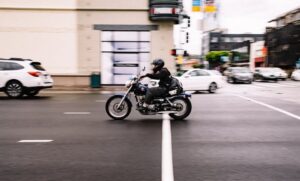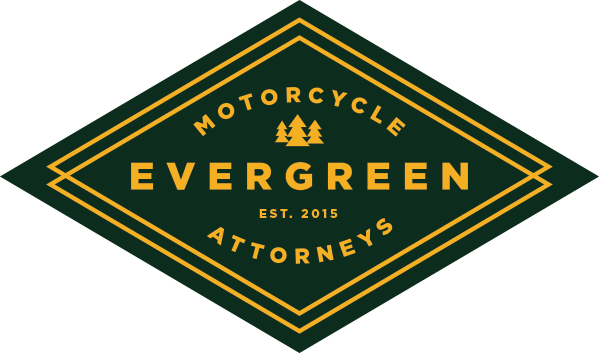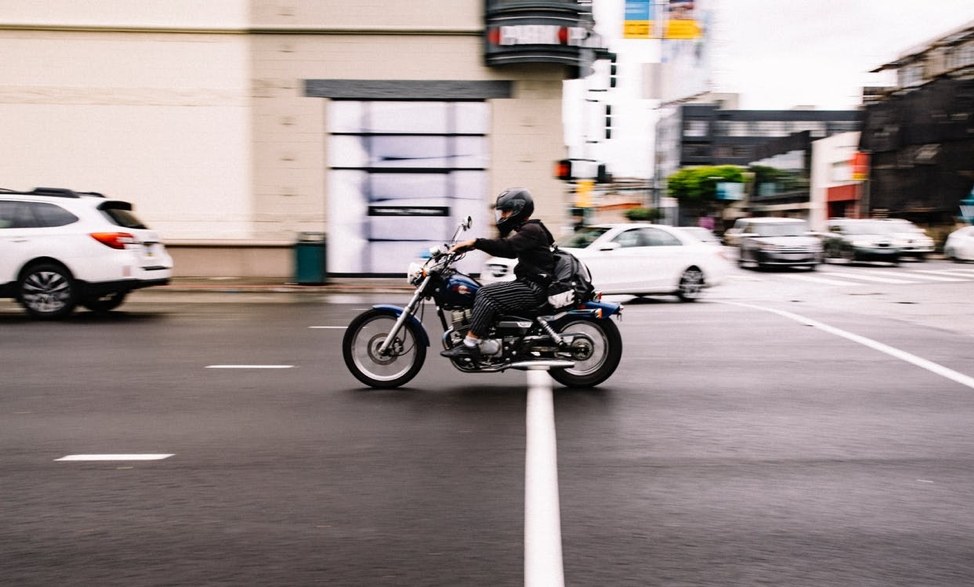Choosing your first motorcycle can leave you feeling a bit overwhelmed. There’s no such thing as a “beginner’s model” bike; some bikes are certainly easier to learn on than others. Although everyone will have an opinion on what kind and brand of bike you should buy, you need to choose one that will be safe for you to ride, meet your needs, and be fun at the same time.
Some riders enjoy the thrills that can only be found on the back of a sportbike. Others prefer the style and laid-back lifestyle that a cruiser bike offers. Alternatively, if you seek adventure and want to get off the beaten paths, a dual sport or adventure bike might be for you. If you’re looking to buy a motorcycle for the first time, we’ve put together a little guide that can help steer you in the right direction.

Make a List of What You Want
If you’re completely new to motorcycles, take some time to research the different models and styles of bikes and learn their pros and cons. Think about what will make you feel the most comfortable and what will fit your budget. Some other things to think about are the:
Engine size – There’s an old saying in motorcycle racing that goes like this, “it’s not about how much power you have, it’s about how usable the power is.” The bigger the engine size, generally the more power it will have and the faster it will potentially go, but you can’t always use that much power or even control it.
Motorcycle engines are referred to in CC’s, which stands for “cubic centimeters.” The CC rating of a motorcycle correlates to how much volume displacement the engine has. The more CC’s, the more power, smoothness, and speed it will have.
Beginners should choose a CC rating that is appropriate to their riding skill level. If you select an engine with too high a CC rating, it could be far too powerful – and even downright scary to ride.
Other factors to keep in mind include the number of cylinders or pistons the engine has and the configuration of the pistons. The number of cylinders will make a difference in the smoothness and torque of the motor. Generally, multiple cylinder motors are smoother than singles. The larger displacement (CC) motors generally tend to be two, four, or even six cylinders.
Choosing the right amount of power in your first bike is important. Too much power can get you into trouble fast and make the bike hard to control. Starting off with a smaller motor and a little less power is never a bad idea.
Seat height – The height of the seat will determine how comfortable you are, your visibility and how easily you can put your feet down at a stop. When you are starting out, it’s nice to be able to be able to reach the ground flat-footed.
A cruiser tends to have a much lower seat height than sports bikes or adventure bikes. Choosing the proper seat height will ensure your feet can touch the ground (instead of having to stand on your tippy toes when coming to a complete stop).
Weight of bike – Some bikes weigh more than others, and that can affect how they handle at both slow and fast speeds. Stop by a bike shop and sit on the backs of various motorcycles. If you find that the overall weight is intimidating, you might want to choose something a bit lighter. Generally, for beginners, a smaller, lighter bike will be easier to learn on.
What Kind of Bike?
There are different types of motorcycles, and each one has its own unique riding characteristics. If you’ve already figured out what weight, engine size, and seat height you’re looking for, choosing a particular kind of bike should be easy.
Standard – This is your basic motorcycle. It’s a one-size-fits-all option and can be ridden by anyone. It comes in a wide variety of CC’s, styles, and sizes.
Sport Bikes – Sport bikes are all about performance and handling. They’re built for those who have a need for speed. The body is in a more forward position than a standard bike and comfort is usually sacrificed over thrill, performance, and handling.
Cruisers – These kinds of bikes are built for comfortability, not performance. The low seat height and high handlebars put your body in a much more relaxed position. These bikes are great for road trips.
Adventure/Dual-Sport – These bikes come in a wide range of sizes and configurations. Some are small and nimble like a dirtbike, with others resemble large sport/touring bikes. The common thread in this type of bike is that it is designed to get off the beaten path and is usually in dirt or off-road.
Safety Technology – Many of the new bikes come with some pretty exciting features that make riding safer and can inspire more confidence and safety in riders of all abilities. Some of these features include traction control and anti-lock braking systems. Traction control will keep the motor from overpowering and spinning the rear wheel which can cause a loss of control. ABS brakes will keep the wheels from locking in a hard braking situation which helps prevent the bike from losing control in a skid.
Ergonomics – The layout of the bike, its controls and rider interface is critical to comfort and safety. You want the bars and controls to be easy to reach and comfortable. The pegs, shifter, and rear brake should be easily within reach and adjusted to your foot and body position. Other features such as the “rake” or fork angle can have drastic effects on handling. The fairings and windshield on the bike can make a difference with how comfortable the bike is to ride at speed. With bike ergo, form truly follows function and safety.
What’s Your Budget?
Finally, you’ll need to determine your budget. While bikes can cost much less than a standard car, there will be some added expenses such as riding gear, motorcycle insurance, and aftermarket parts such as saddlebags or performance parts.
If price is a concern, you can always buy a pre-owned motorcycle. However, if you’re a new rider, make sure the used bike has undergone a thorough safety inspection from a qualified bike mechanic before buying it.
Some motorcycle dealerships sell certified pre-owned bikes that have been given a multiple-point safety test and often come with a warranty or guarantee. These bikes are as good as new ones but can be bought for a fraction of the cost.
Whatever you decide on, keep in mind that your first motorcycle won’t likely be your last motorcycle. You can easily trade up as your skill, experience, and confidence improve. So, start with a bike that’s easy to ride and control.
Finally, every new rider should consider taking a motorcycle safety course and never ride without property safety gear.
Motorcycle Attorneys in Tacoma
Riding a motorcycle is a thrilling experience for many. However, accidents sometimes happen, and in that case, you want a law firm that has experience litigating motorcycle cases and dealing with the insurance companies.
At Evergreen Motorcycle Attorneys, we share the same passion for bikes and the open road as you do. If you’ve been involved in a motorcycle accident, give us a call at (253) 472-6000 or contact us on our website to learn more about how we can help you seek justice.

